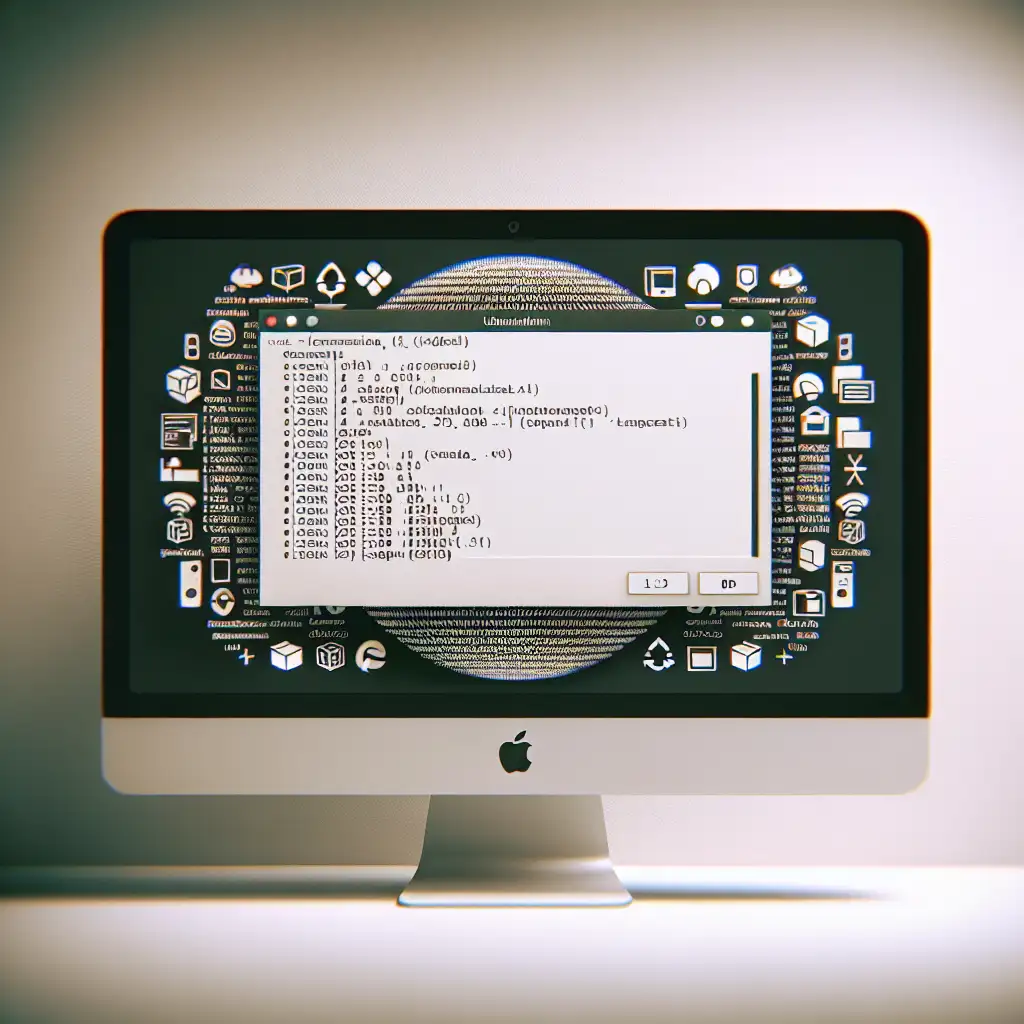Mastering Ubuntu Software Installation: Advanced Techniques
Most Ubuntu users start with apt:
sudo apt install package-name
It’s battle-tested. System libraries are managed, updates handled through apt-get upgrade, and package signatures keep things secure. For standard utilities or services (e.g., curl, htop, postgresql), this remains unmatched for reliability on Ubuntu 22.04 LTS and similar distributions.
But apt isn’t always sufficient:
- You want the latest version, but the repo lags behind.
- Sandboxing is required for security.
- Proprietary software isn’t in any public repo.
- Rapid deployment across different Linux flavors.
- Conflicting dependencies or legacy libraries.
Here’s a breakdown of installation strategies when apt falls short.
Snap: Containerized Packages, Centralized Updates
Snap, developed by Canonical, bundles application and dependencies, isolating them from the base system.
Install Snap if missing:
sudo apt update
sudo apt install snapd
Sample: Install the current stable Visual Studio Code.
sudo snap install code --classic
Remove:
sudo snap remove code
Quick facts:
- Snaps auto-update (with a delay up to 24h).
- Sandboxing via AppArmor restricts system access.
- Apps live in
/snapand are managed by thesnapddaemon.
Practical notes:
- Initial launch is noticeably slower—filesystem mounts are established on the fly.
- Snap apps can struggle with native theming; expect mismatches in certain WMs (e.g., i3, sway).
- Size: Even small tools might occupy 3–4× the disk vs. .deb.
Flatpak: Community-Driven Bundles with Broader Hardware Access
Flatpak, unlike Snap, is not controlled by one vendor and has become a standard for desktop applications, particularly on GNOME desktops.
First time setup:
sudo apt install flatpak
sudo flatpak remote-add --if-not-exists flathub https://flathub.org/repo/flathub.flatpakrepo
Sample install (Spotify desktop):
flatpak install flathub com.spotify.Client
Run any Flatpak:
flatpak run com.spotify.Client
Uninstall:
flatpak uninstall com.spotify.Client
Considerations:
- Flathub repository contains most mainstream desktop apps.
- Integration with GNOME Software and KDE Discover is mostly seamless after logout/login.
- Flatpak has broad support on non-Ubuntu distributions—ideal for mixed fleets.
- Not all Flatpak apps support shell integration or advanced desktop hooks.
Known issue: If you get error: Unable to get org.freedesktop.Flatpak, check D-Bus and restart the session. Integration occasionally fails with custom DEs or old Ubuntu LTS releases.
Direct .deb Downloads: Proprietary or Bleeding-Edge Binaries
Vendors (e.g., Google, Slack) sometimes publish .deb files directly, bypassing the standard repo channels. Use only when official repos or Snap/Flatpak aren’t an option.
Installing Chrome:
-
Download from https://www.google.com/chrome/
-
Navigate to your Downloads directory:
cd ~/Downloads -
Install:
sudo dpkg -i google-chrome-stable_current_amd64.deb -
If you see:
dependency problems - leaving unconfiguredthen correct with:
sudo apt-get install -f
Note: These packages sometimes add their own APT repository (see /etc/apt/sources.list.d/). Automatic updates may or may not occur depending on source.
Compiling from Source: Edge Cases, Custom Patches, or Unsupported Hardware
When no binary exists, or hardware support in mainline is lagging, compiling from source is necessary.
Sample: Latest htop from GitHub.
sudo apt install build-essential autoconf automake pkg-config libncursesw5-dev git
git clone https://github.com/htop-dev/htop.git
cd htop
./autogen.sh
./configure
make
sudo make install
Non-obvious tip: Compilation may break due to missing dev headers (e.g., libncursesw5-dev for interactive TUI apps). Examine config.log for details on failures.
Drawbacks: No package manager integration—apt upgrade won’t touch what you’ve built. Track patches and updates manually. Uninstall only by manually deleting binaries or using make uninstall (if provided in Makefile).
At-a-Glance: Ubuntu Software Installation Methods
| Method | Best For | Upsides | Limitations |
|---|---|---|---|
apt | System components, services | Stable, seamless upgrades, signed | Lagging versions, no sandbox |
| Snap | Bleeding-edge, isolation | Cross-distro, sandboxed, auto-update | Large size, slow start, theme pain |
| Flatpak | Desktop apps, mixed distros | Independent, huge app lib | App integration glitches |
Manual .deb | Proprietary, vendor-offered | Official builds, one-step install | Dependency pain, manual cleanup |
| Source | Custom or esoteric needs | Unlimited flexibility | Complex, no updates, risky |
Side Notes & Troubleshooting
- Mixing methods: You can, but conflicts over
/usr/binor.desktopfiles can cause user confusion or, rarely, overwrite. Evaluate withwhich <app>if unsure. - Check for active Snap services with
sudo systemctl status snapd. - Flatpak updates are not tied to
apt upgrade—runflatpak updateregularly. - Proxy environments: Snap and Flatpak require extra config (
/etc/environmentandsystemctl restart snapd), especially on corporate networks. - Error on Snap install: If you see
cannot communicate with server: Post http://localhost/v2/snaps/..., restartsnapdor check for stale mounts.
Mastering these approaches gives you practical flexibility. Stable system tools? Stick with apt. Need Chrome, Zoom, or something not in a repo? Use .deb or Flatpak. Isolating critical workloads? Try Snap or Flatpak. Source builds remain the tool of last resort—necessary, but maintain with care.
For most engineers, a hybrid approach is the only realistic workflow on contemporary Ubuntu systems. Adjust according to your environment, risk profile, and support requirements. And remember—every installation method leaves a trail; check /usr/bin, /snap, /var/lib/flatpak, and /opt to audit your runtime environment.
Uninstall isn’t always clean—verify with dpkg -l, snap list, or flatpak list.
If a package collides, investigate using ls -l $(which <app>) to see which install source is winning.
Need a reference for an obscure setup? Or stuck with an error log? Drop specifics—most issues are easier to resolve than they first appear.
